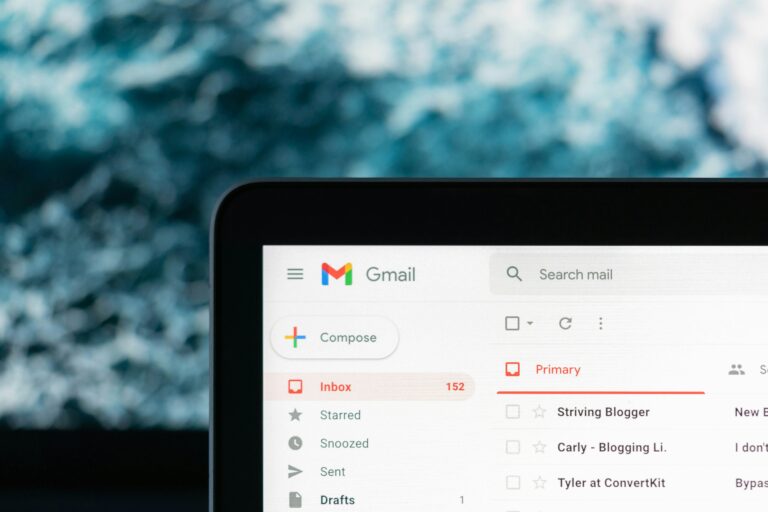Introduction
In the ever-evolving landscape of B2B marketing, finding and securing the right clients is not just about reaching out blindly; it’s about smart, effective lead generation and management. Whether you’re a startup looking to make your mark or an established company aiming to expand your clientele, understanding the nuances of B2B lead generation is essential. This article dives deep into the strategies that can help you identify, attract, and retain ideal clients in a competitive marketplace.
Understanding Lead Qualification
Before diving into the numbers and strategies of lead generation, it’s crucial to understand what qualifies someone as an ‘ideal lead’. An ideal B2B lead will typically meet several pre-defined criteria, such as industry relevance, company size, revenue, longevity, and specific demographic factors. These qualifications ensure that your outreach efforts are targeted, efficient, and more likely to result in engagements that align with your business objectives.
The Numbers Game in Lead Generation
Lead generation can often seem like a numbers game, and to some extent, it is. To maintain a steady pipeline, one might aim to contact at least 100 unique leads daily. With 22 workdays a month, this sums up to 2,200 unique contacts. Each of these contacts should ideally be reached out to four times, including follow-ups, leading to a substantial monthly total of about 8,800 emails.
How to Build a Lead List
Building a robust lead list is foundational to successful B2B marketing. Start by utilizing tools and platforms that can help identify and collect data on potential leads. Tools like Google, Snov.io, LinkedIn Sales Navigator, and Apollo.io are instrumental in gathering detailed information on potential clients who meet your business’s specific criteria.
Cost Implications in Lead Generation
The cost of lead generation can vary widely depending on the tools and strategies employed. While some platforms may offer free services, others might require subscriptions or fee-based accesses. It’s important to consider these costs against the potential return on investment (ROI), which should ideally favor the growth and scaling of your operations.
Lead Outreach Strategy
Your outreach strategy should be carefully crafted to appeal to the qualified leads on your list. Personalized emails, timely follow-ups, and a clear, compelling message are critical components. Understanding the best times to send out communications and how often to follow up can significantly affect your success rates.
Calculating Outreach Volumes
On a larger scale, if your operations require reaching out to 300 leads daily, this increases to 6,600 unique contacts monthly, leading to approximately 26,400 emails sent after accounting for follow-ups. Such volumes require diligent management and tracking to ensure each lead is properly engaged.
Response Rates and Their Significance
Typical response rates can vary, but an open rate of 50% is a good benchmark for B2B communications, with reply rates ranging from 1 to 9% depending on the message’s effectiveness. Understanding these metrics helps refine your strategies and expectations from your lead generation efforts.
Long-Term Management of Leads
Effective lead management isn’t just about the initial contact; it’s also about how you manage the relationship over time. Leads that don’t initially respond can be revisited after three to six months, maximizing the value of your initial outreach efforts and keeping your pipeline full.
Lead Generation Tools and Integration
Integrating various tools can enhance your lead generation efforts. For example, using Clay in conjunction with LinkedIn Sales Navigator can streamline the process of extracting and managing lead information, making your campaigns more efficient and effective.
Conclusion
B2B lead generation is a critical, ongoing process that requires strategic thinking, careful planning, and consistent effort. By understanding and implementing the strategies discussed, businesses can improve their chances of finding and maintaining relationships with ideal clients, ultimately leading to sustained business growth and success.






